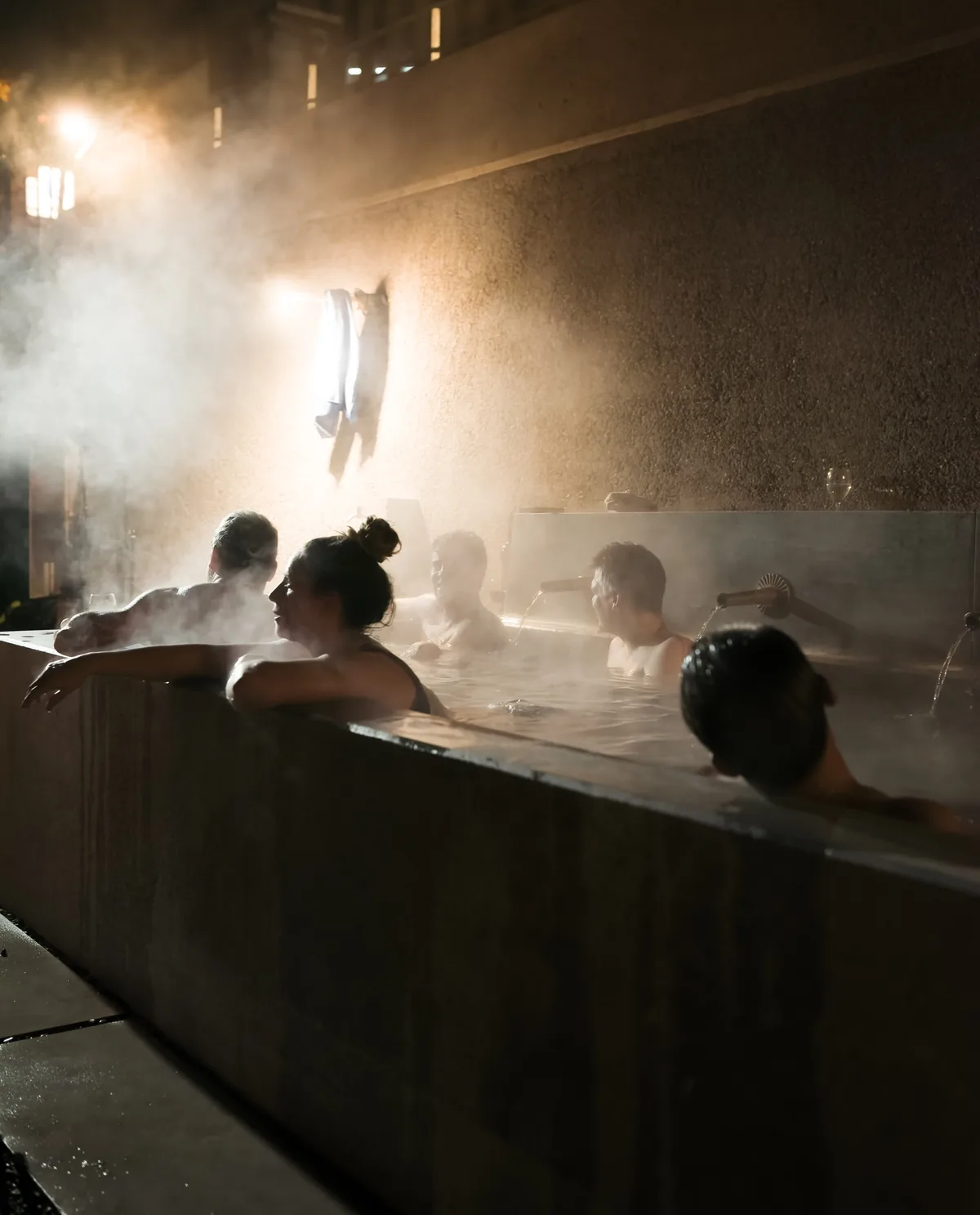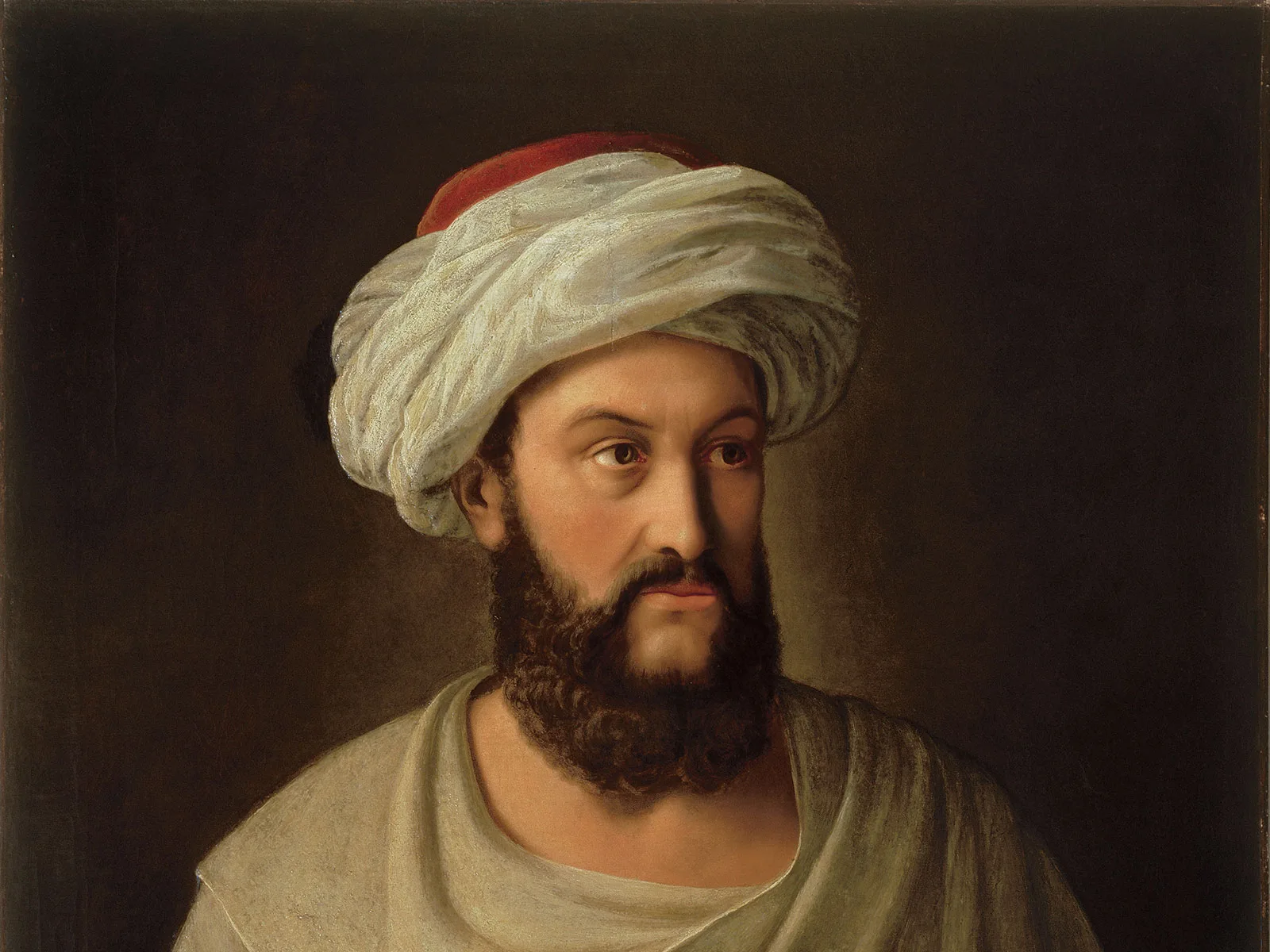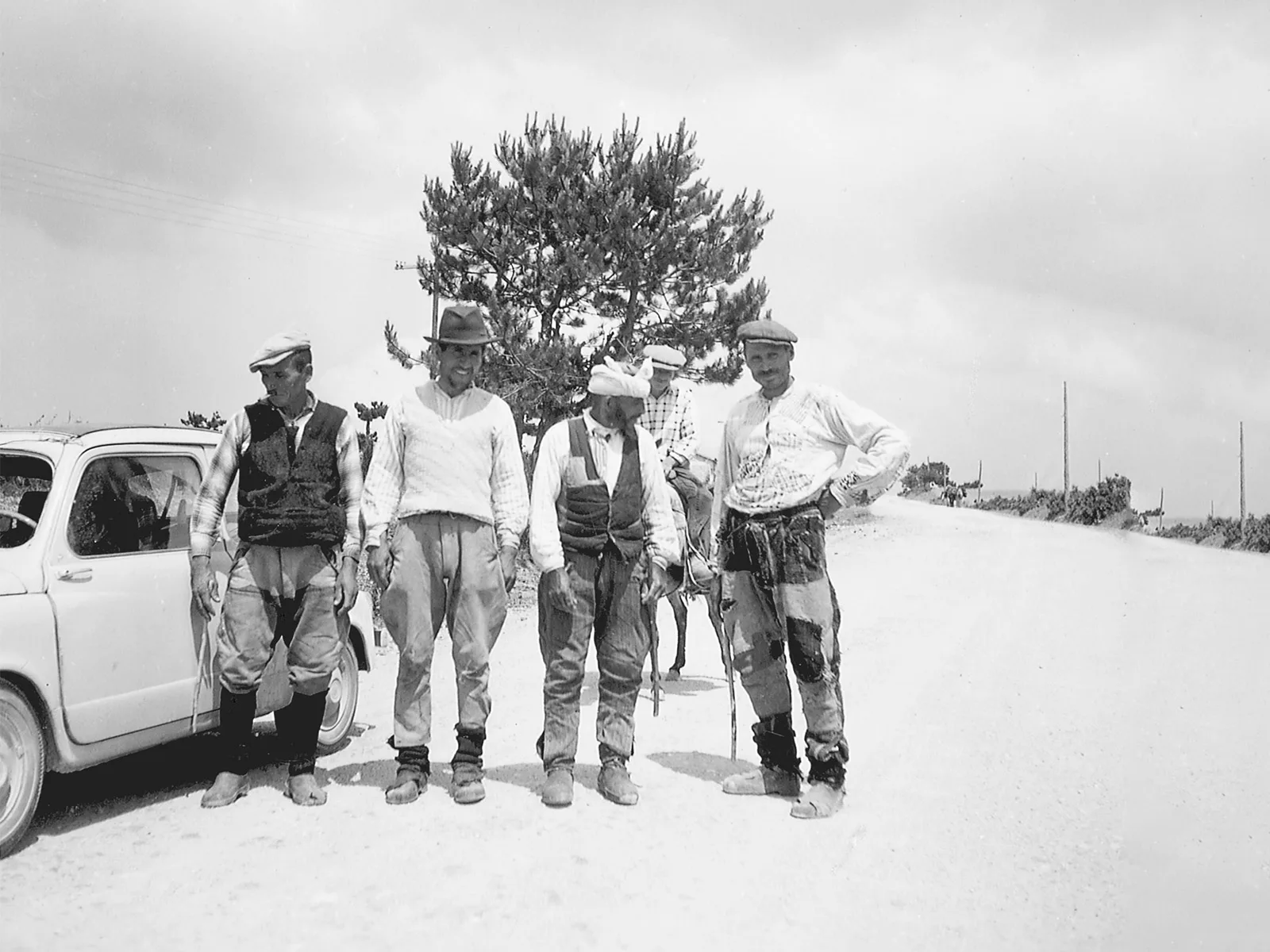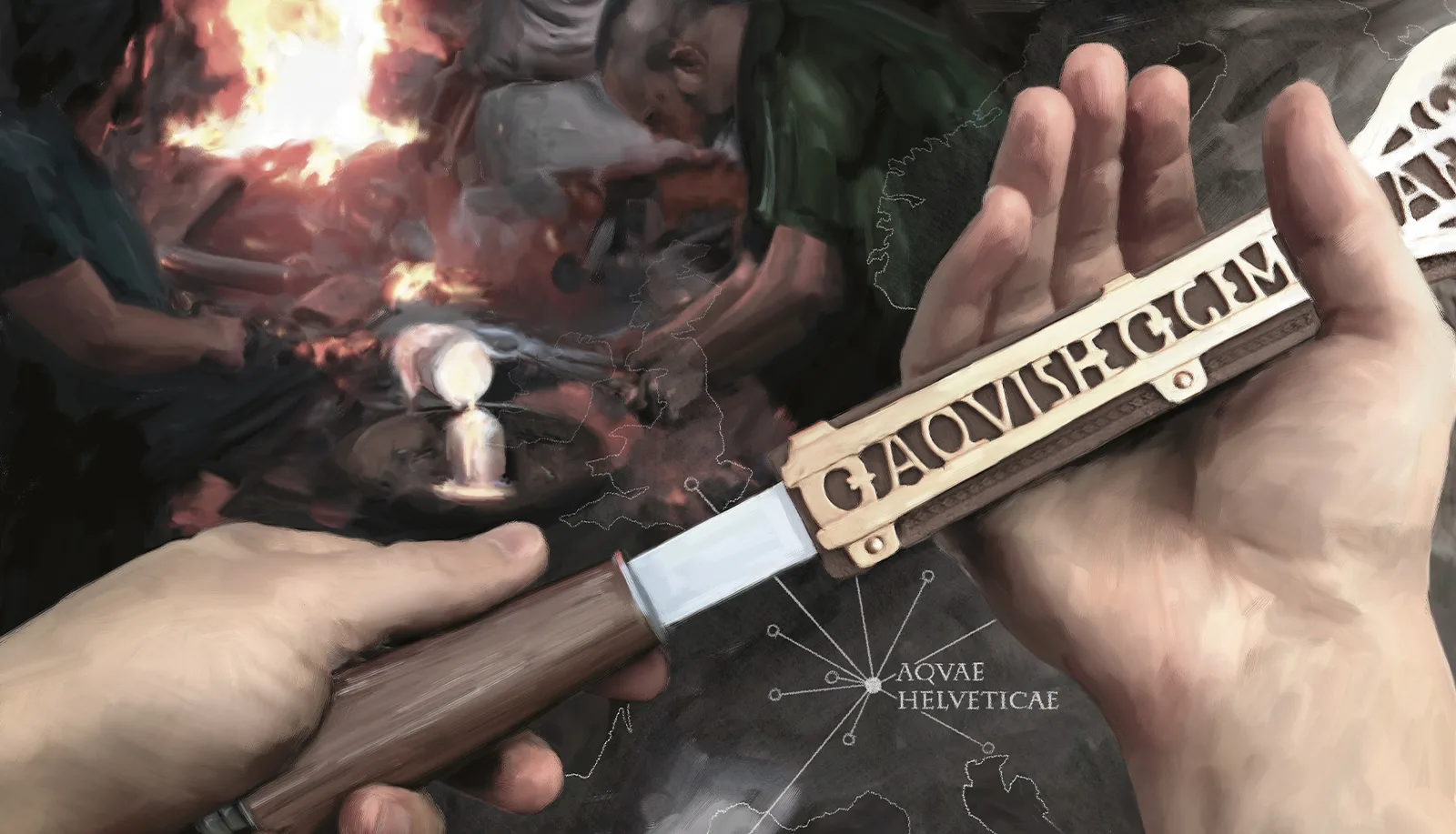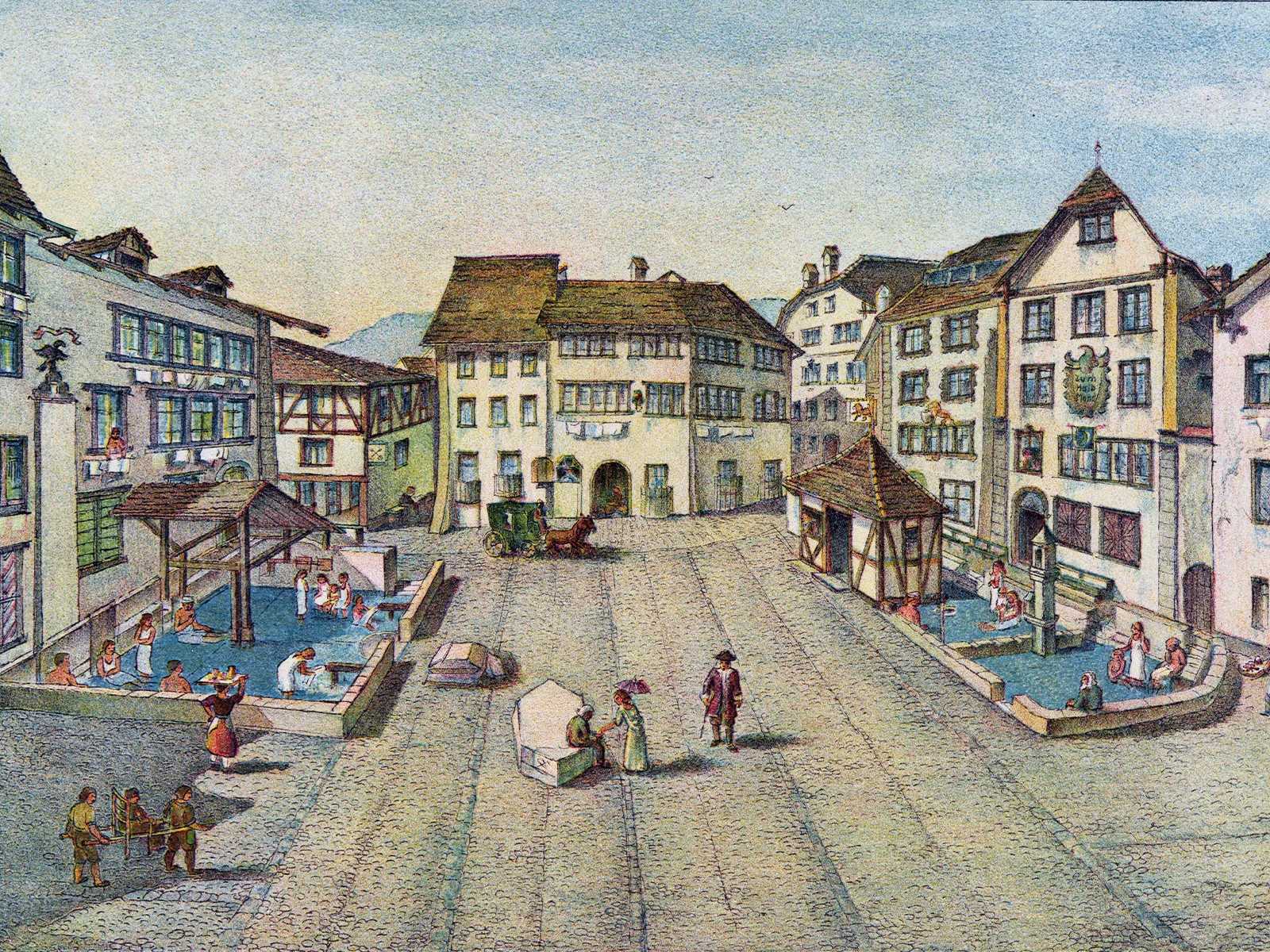
Bathing in the open air
Up to the mid-19th century, the mineral hot baths in Baden im Aargau were known for their open-air thermal pools.
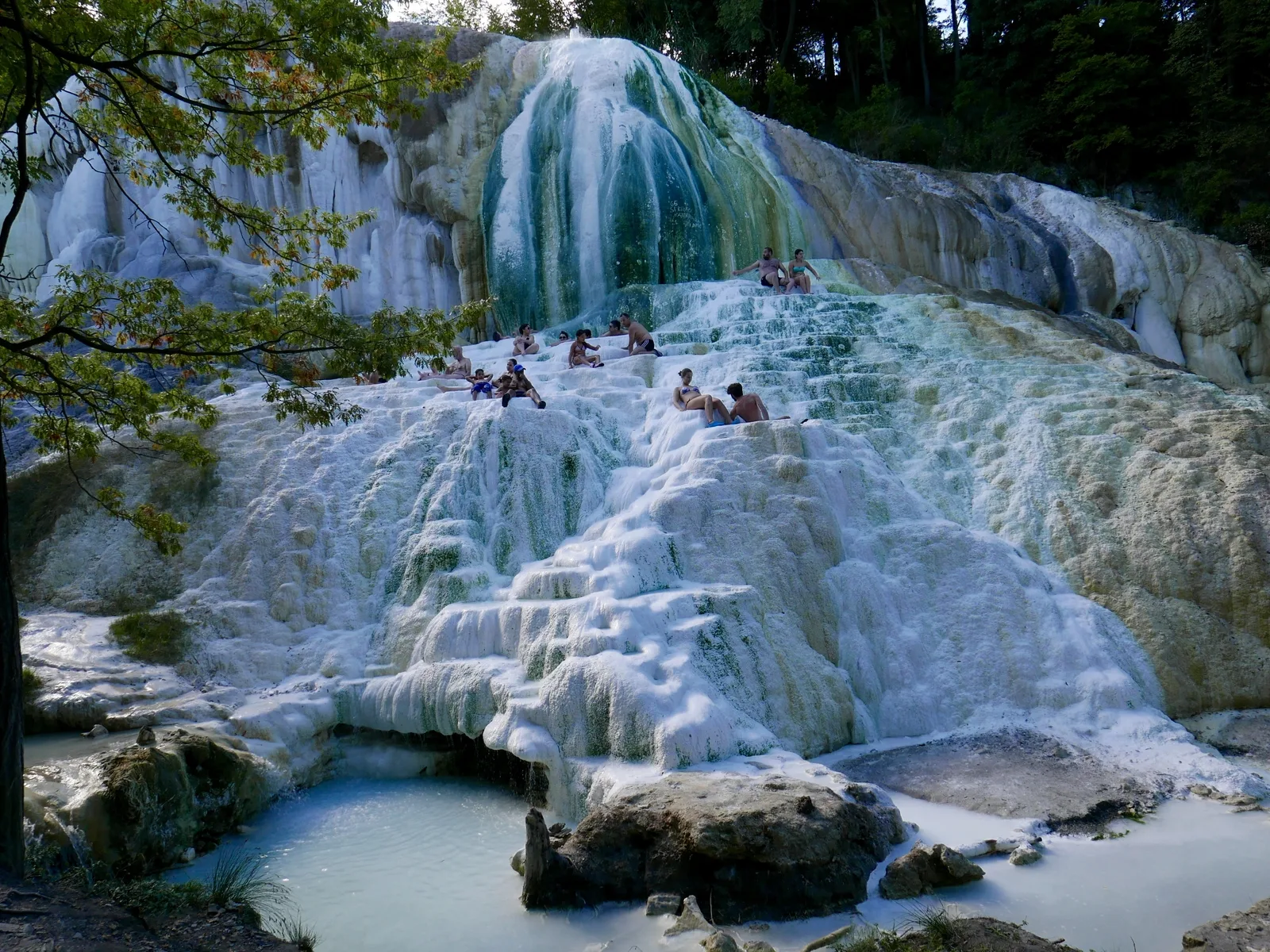
Public welfare and politics under the Romans
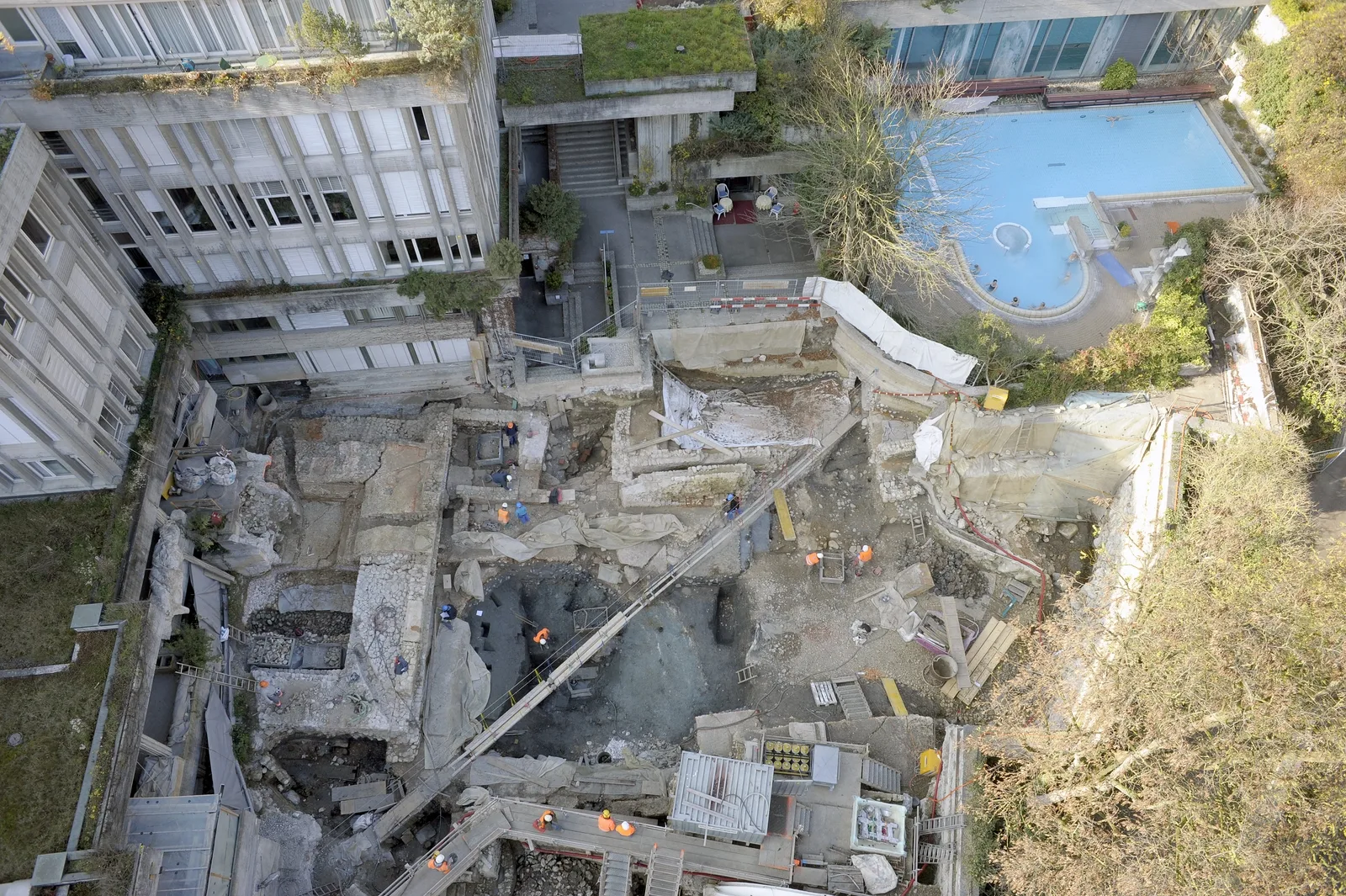
In the Middle Ages: baths for everyone – but separated according to status
St Verenabad and open-air pools
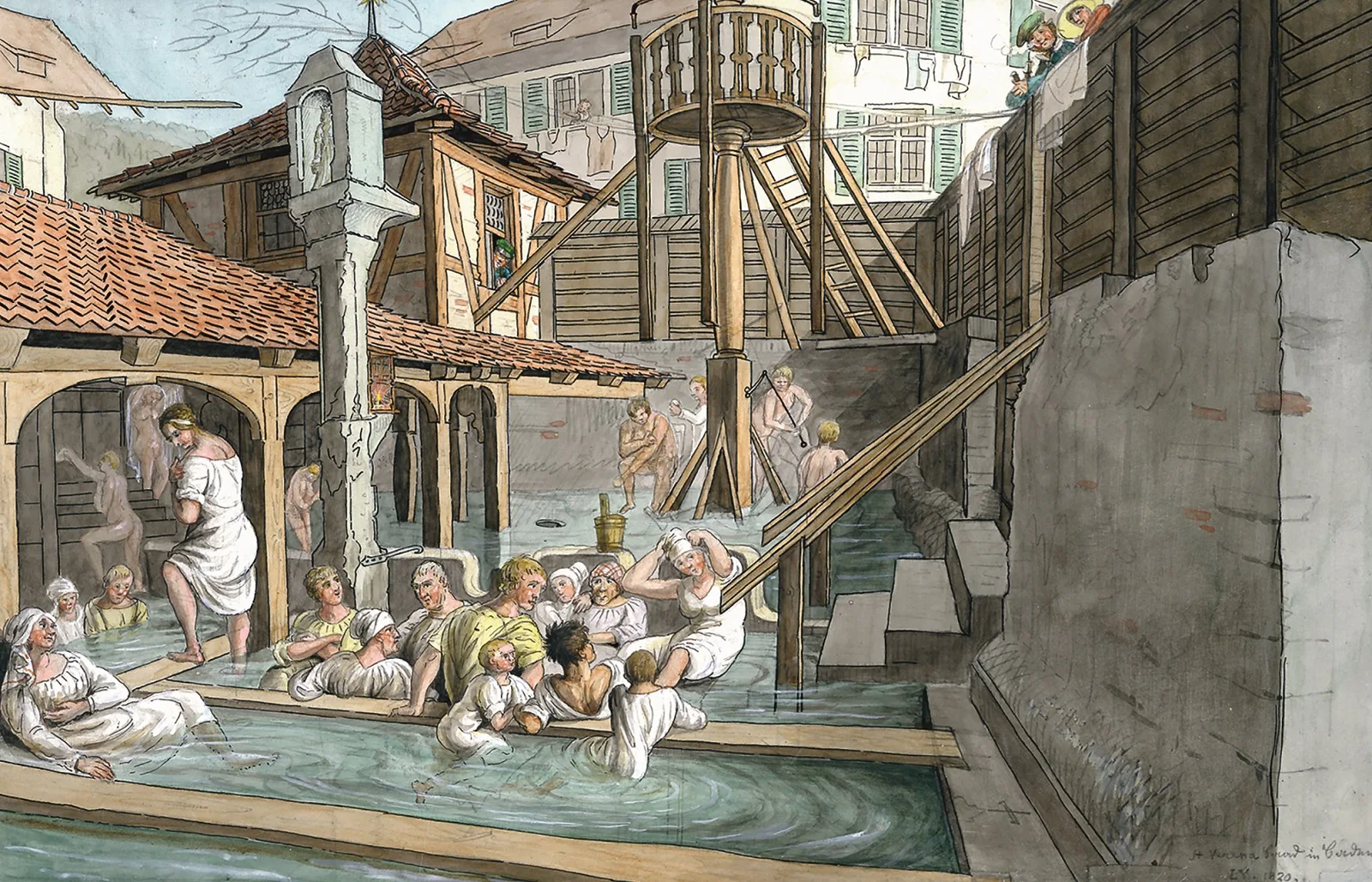
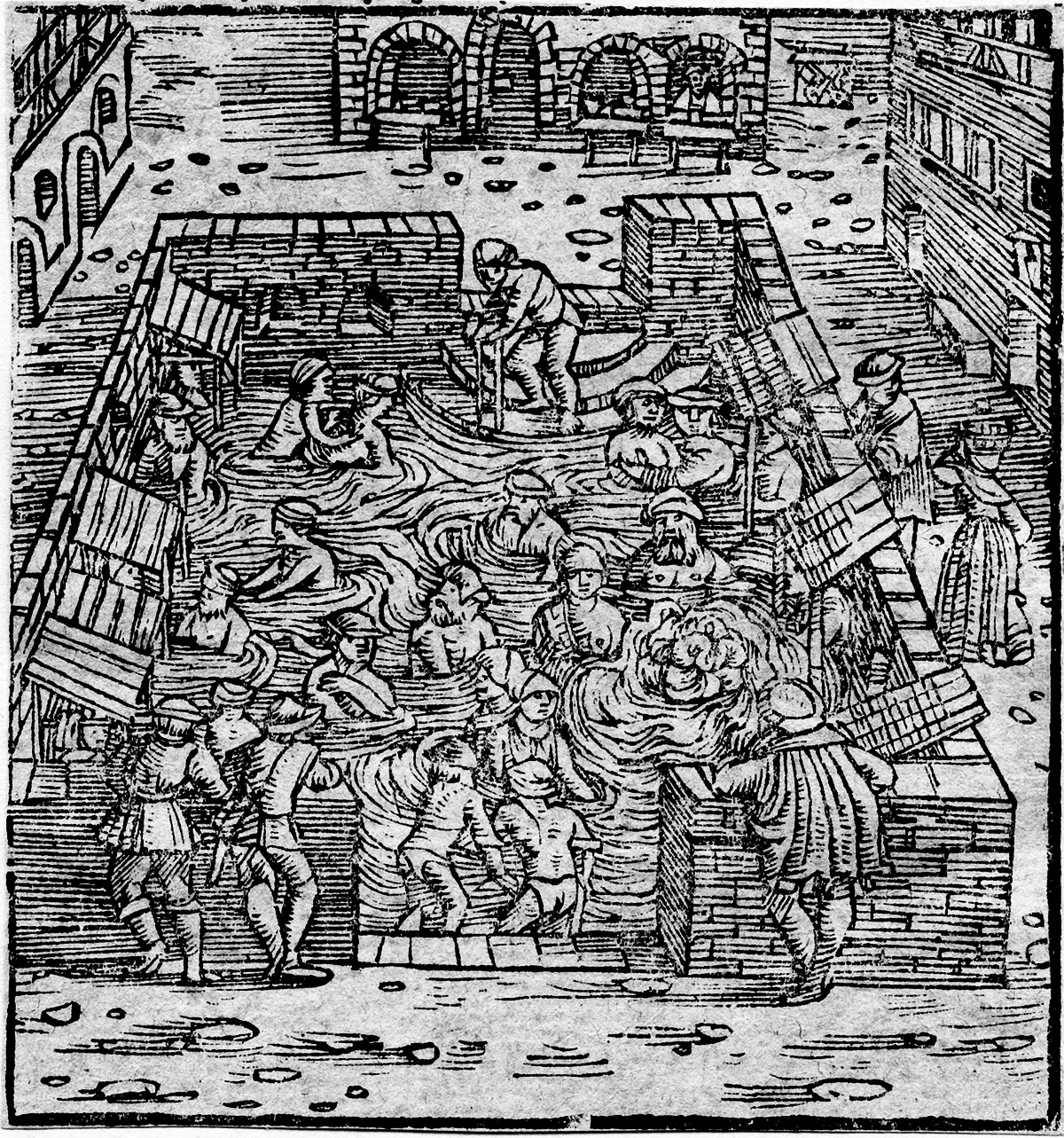
End of the road for the outdoor baths
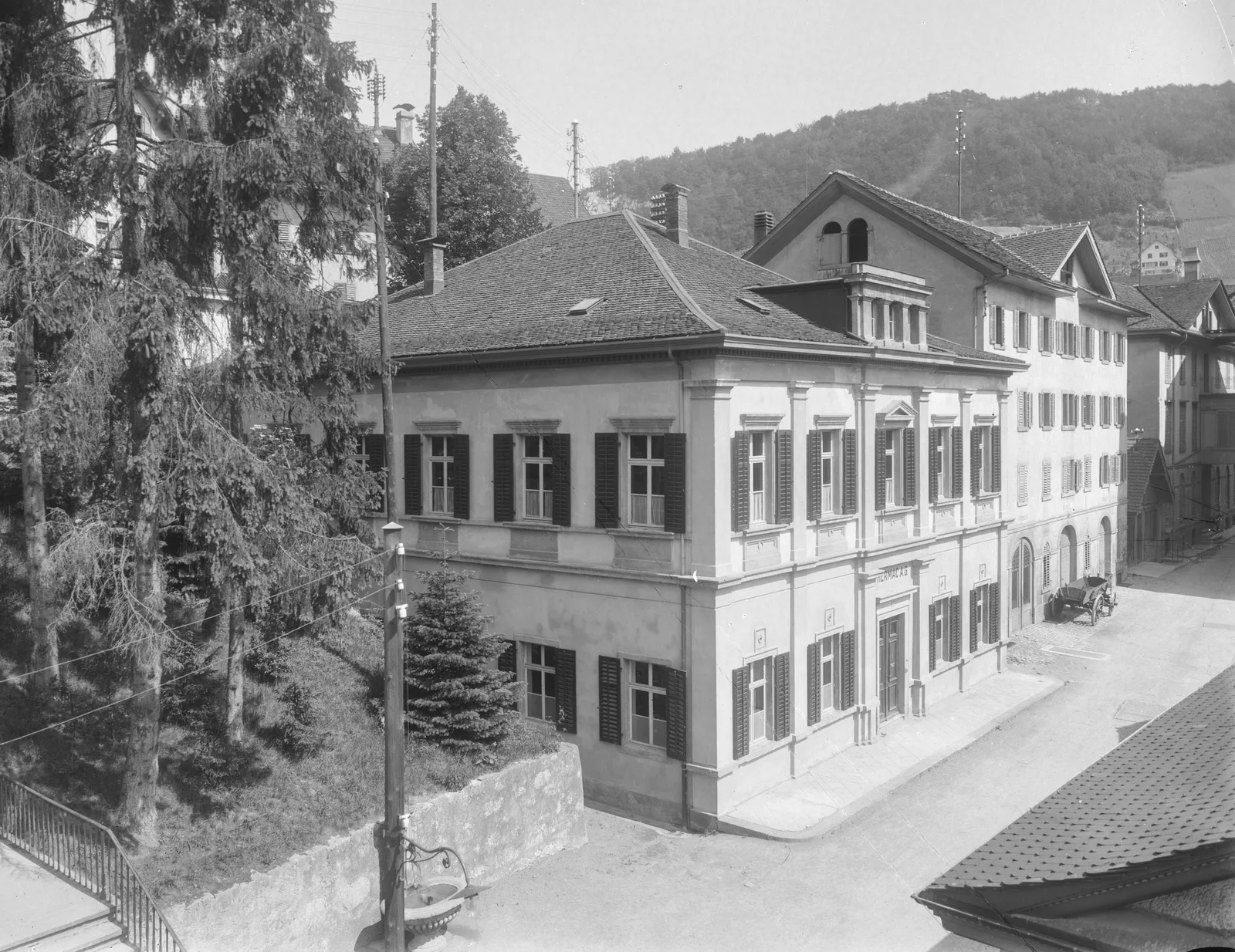
The tradition is revived
